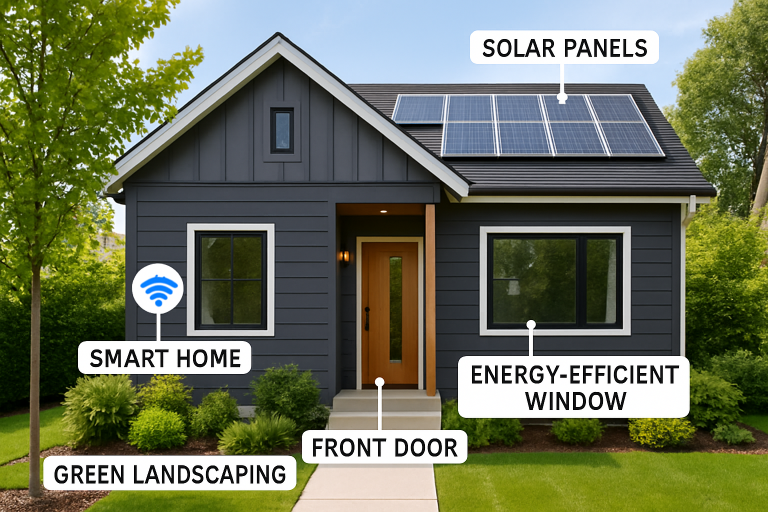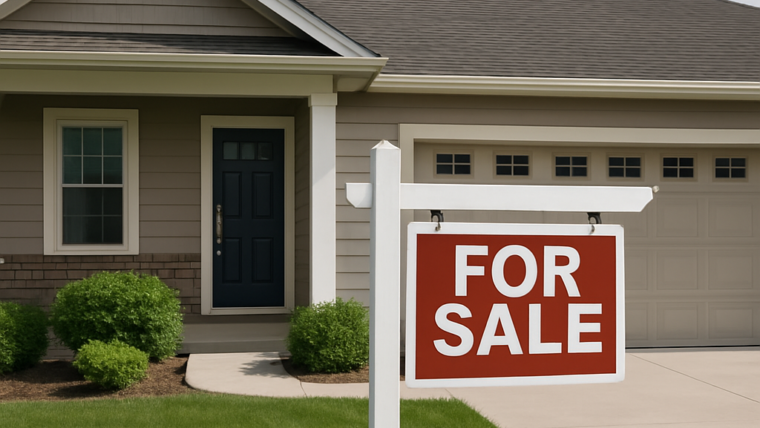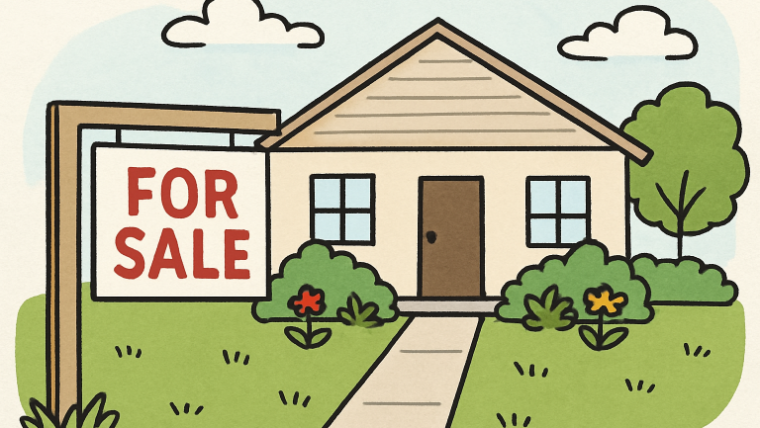Table of Contents
- 1 Introduction
- 2 Addressing Affordability Challenges
- 3 Innovative Designs and Smaller Homes
- 4 Embracing Sustainable Building Practices
- 5 Leveraging Technology in Construction
- 6 Offering Incentives to Attract Buyers
- 7 Navigating Land Availability and Regulatory Hurdles
- 8 The Rise of Modular and Prefabricated Construction
- 9 Conclusion
Introduction
The housing market is constantly evolving, influenced by shifting economic factors, buyer demographics, and the emergence of new technologies. New home builders have emerged as key players in recent years, transforming how and where people live. Their progressive approaches to home design, affordability, and construction resolve persistent challenges and create opportunities for a broader range of buyers. For those interested in innovative solutions and developments, Merit Homes stands out as a prime example of forward-thinking in today’s market.
Growing affordability issues, sustainability demands, and logistical complexities in development have prompted builders to adapt and lead. These industry leaders shape inventory trends, influence buyer expectations, and push housing into a more efficient, affordable, and environmentally considerate future. As a result, their efforts not only address longstanding housing shortages but also redefine modern homeownership.
New consumers seek features and benefits far beyond four walls and a roof. Builders prioritize technology integration, flexible living spaces, and incentives encouraging hesitant buyers to act. These developments have already produced a measurable impact, including boosting new-home sales and accelerating construction timelines.
In this article, we explore the specific ways today’s new home builders are driving market transformation, including overcoming financial barriers, streamlining construction, and catering to sustainable lifestyles. Their efforts illustrate how nimble, adaptive strategies are essential to meeting current housing needs and future-proofing communities nationwide.
Addressing Affordability Challenges
Skyrocketing interest rates and increased construction costs have made buying a home out of reach for many Americans. Average mortgage rates hovering between 6.7% and 7% as of mid-2025 have intensified affordability challenges. In response, home builders are constructing smaller and more financially accessible residences. The median size of new homes has shrunk by about 4% compared to the previous year, now standing at 2,179 square feet—the smallest since 2010. This downsizing is helping extend homeownership opportunities to a broader demographic, particularly first-time buyers who have struggled with high entry costs.
By adjusting project scales and working within tightened budgets, builders can lower final sales prices, making it feasible for families and singles to secure a home. These efforts also allow them to match the needs of today’s buyers, who prioritize manageable living spaces and lower utility costs over larger, more traditional floor plans. According to The Wall Street Journal, new homes now comprise a large portion of available inventory, illustrating builders’ growing influence in the market.
Innovative Designs and Smaller Homes
Modern living emphasizes efficiency and flexibility, which home builders are achieving through creative design solutions. By rethinking floor plans, eliminating excess space—such as unused hallways—and introducing multi-functional zones like pocket offices or integrated children’s nooks, builders maximize every square foot of space. These thoughtful changes result in affordable homes that cater to evolving demands for work-from-home capability and multigenerational living arrangements.

The “smaller but smarter” approach helps reduce construction and energy costs and ongoing maintenance, making homes more practical for long-term ownership. Design elements supporting adaptability, such as open layouts and sliding partitions, empower homeowners to adjust their living spaces as their needs change.
Embracing Sustainable Building Practices
With climate concerns and energy costs front-of-mind, sustainability has become a core focus for new construction. Nearly 22% of builders reported that most of their 2023 projects met strict green building standards. These practices include better insulation, energy-efficient appliances, and renewable materials, which lower the environmental footprint and provide homeowners with lasting savings on utilities and home maintenance.
Alongside immediate environmental benefits, sustainable homes retain higher resale values and attract environmentally conscious buyers. Initiatives such as solar panel integration and innovative irrigation systems decrease operating expenses and foster healthier indoor environments. Today’s builders are shaping homes and more nutritious, resilient communities by pushing green buildings to the mainstream. Additional insights on the industry’s sustainability shift can be found at The New York Times.
Leveraging Technology in Construction
The construction sector is undergoing a technological revolution. Artificial intelligence and innovative tech solutions are increasingly embedded throughout the building process and the finished home. On-site, AI-powered cameras and project management tools keep job sites safer and more efficient, ensuring that timelines remain tight and accidents are minimized. For buyers, integrated smart home systems manage security, comfort, and efficiency, adding high-value features without significant costs.
This rapid technology adoption equips builders to streamline workflows, reduce waste, and respond quickly to changing buyer preferences. Automation and digital tools, from advanced 3D architectural modeling to online sales platforms, help builders minimize delays and errors, enhancing customer satisfaction from planning through move-in.
Offering Incentives to Attract Buyers
In the face of hesitancy from buyers wary of high mortgage rates and economic uncertainty, builders are employing a variety of attractive incentives. These include mortgage rate buydowns, contributions toward closing costs, and flexible credits or “flex dollars” for customization or upgrades. Such perks have contributed to a notable upswing in sales—for instance, new-home purchases jumped more than 20% in August alone, a testament to how incentives can tip the balance for those sitting on the fence.
These offerings not only help buyers manage upfront costs but also enable them to personalize their new homes, which strengthens buyer satisfaction and loyalty. Strategically using incentives gives builders an edge in a competitive market where many existing homeowners are reluctant to sell due to ultra-low locked-in rates.
Securing buildable land has become increasingly complex, with zoning regulations, development approvals, and supply chain issues slowing the start of new projects and raising costs. Builders advocate for streamlined permitting and more flexible zoning to shorten development timelines and contain price increases. Efficient partnerships with municipalities and innovative site selection tactics allow them to keep costs under control, benefiting end buyers with more timely and affordable housing options.
The Rise of Modular and Prefabricated Construction
Modular and prefabricated construction has gained momentum as a response to labor shortages and the need for expedited building schedules. These methods, which involve fabricating home sections in controlled environments before assembling them onsite, reduce build times by as much as 50% while maintaining rigorous quality standards. This approach minimizes material waste and shipping delays, translating into a more consistent construction process and greater buyer reliability.
Recent advancements in modular design are also enabling greater architectural flexibility, making these homes indistinguishable from traditional builds but with faster occupancy and lower environmental impacts. The U.S. Department of Housing and Urban Development highlights these advantages as key to addressing shortfalls in affordable housing stock nationwide.
Conclusion
New home builders are on the cutting edge of the housing market’s evolution. Their commitment to affordability, sustainability, technological advancement, and superior buyer experiences is actively reshaping where, how, and for whom homes are built. As market pressures and buyer expectations continue to shift, the adaptability and innovation of new home builders will play a decisive role in ensuring that homeownership remains within reach and aligned with modern needs.


